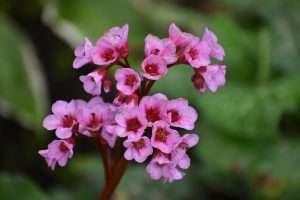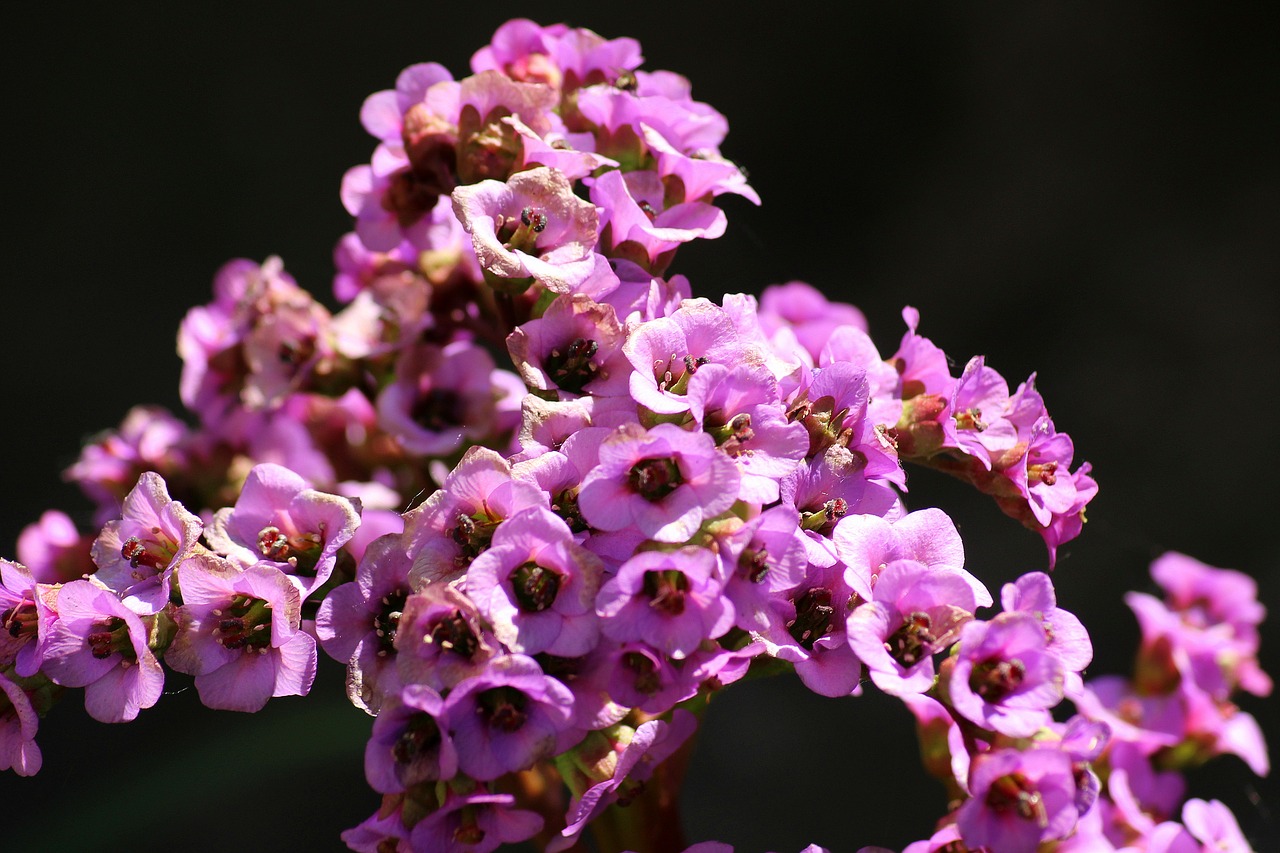Last Updated on February 15, 2022 by Real Men Sow
Bergenias, also known as Elephant’s Ears and Pigsqueak, are ground cover perennials that live longer than two years. They can grow up to 50cm/18in tall. After a few years, they can grow to about 1m/3ft in height.
How Tall Can Bergenias Grow?
They can reach a maximum height of 60cm/ 2ft. In some cases, they may grow up to 1m/ 3ft depending on the conditions. They have green leaves that are usually evergreen. In the winter, they can take on a distinct pink color. They are an excellent ground cover and can suppress most weeds. The flowers, which are usually pink, purple or red in color, are produced from stalks that are held above the foliage.

Where To Grow Bergenia Plants?
This plant can thrive in partial shade, but it can also tolerate full sun and full shade. Although well-groomed, moist soil is the best for them, they can also thrive in dry environments. They can grow in most soil types, but they prefer to avoid alkaline or acidic ones.
Only a little attention is required to maintain established plants. Bergenias are able to withstand temperatures as low as -20degC, which is far more than what the UK’s coldest regions will ever experience.
Although they can be grown in containers, this is not the best environment for them and doesn’t frame them well. They appear between March and April. Bergenias don’t require any special knowledge and are not susceptible to pests or diseases.
Planting Bergenias Guide
These steps will ensure that your Bergenia is properly planted.
- Plant them in partial shade to get the best results, but they are also adaptable shrubs that can be used in full sun and shade. They can be planted in any soil condition, except for extremely acidic or alkaline.
- In good conditions, this is a vigorous growing plant. When fully grown, allow for at least 1m/3ft spread.
- You can plant it all year long as long as the soil isn’t frozen and that you water well when the conditions are dry. Planting is best between mid March and April and mid September through October.
- Dig a hole twice as wide as the root ball. Add a few drops of blood, fish, and bone to the hole and then work it into the ground.
- Fill the hole with soil to the same depth as the pot. Firmly but gently fill the hole around the root ball. To settle the soil around the root ball, water well.
How To Care For Bergenia Plants
Bergenia will take care of itself once it is established. They don’t need to be fed unless the soil is very poor in nutrients. Except in extreme drought, they don’t need to be watered. Council landscape gardeners are well aware of the toughness of these shrubs. Their only care is to tidy up dead and dying leaves every year.
Should You Use Mulch?
A mulch of organic matter in late spring is appreciated by them. The best potting compost from last year is still usable. The plants can become choked after four to five years. To get rid of them, you need to dig up the roots. Use a towel to separate the root mass and place it in a container. This is a great and reliable method to propagate bergenias.
Water younger plants, up to 2 years old, if the conditions are dry. It will establish a strong root system by receiving a twice-yearly feed of blood, fish, and bone in spring or autumn. The area surrounding the base of your plant should be free from grass and weeds. Remove any leaves or other debris that falls on the plant. This plant is immune to common diseases and pests.


